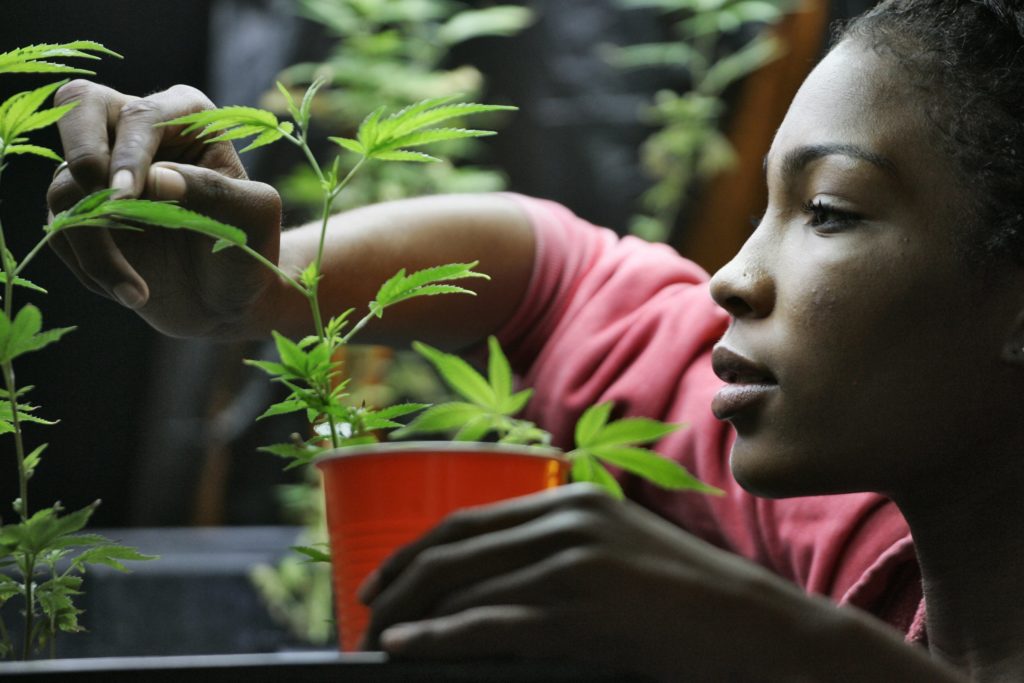The federal Food, Drug, and Cosmetic Act requires all drugs in the United States to be shown safe and effective before being marketed in the United States.
Now that the manufacture and sale of marijuana is legal in Colorado, California, and six other states, why hasn’t the Food and Drug Administration (FDA) required warning labels on marijuana?
The FDA has plenary powers, including the outright prohibition of the marketing of unsafe drugs. It has similar statutory authority to issue an order recalling drugs, although recalls are normally done voluntarily by drug manufacturers.
The FDA issues weekly enforcement reports on drugs, medical devices and other products whose safety it regulates. In 2015, it ordered a firm to recall its medical device used in endoscopy.
The FDA has issued a public warning to consumers to avoid homeopathic products as treatments for asthma. The FDA has required warning and information labels on more than 95,000 drugs and medical devices for people and for animals.
The best known warning label, of course, is the one that the United States Surgeon General has required on cigarette packs since 1966. Also well known is the warning label on alcoholic beverage containers, which states that drinking alcohol during pregnancy may cause birth defects, that people should not drink and drive, and that alcohol may cause other health problems.
That marijuana is a drug there is no doubt. The FDA states that “marijuana and marijuana-derived products” are “drugs.”
According to the National Institute of Drug Abuse, marijuana is “the most commonly used illicit drug in the United States.” According to the Drug Enforcement Administration (DEA), “marijuana is a mind-altering (psychoactive) drug.”
The Surgeon General’s 1996 report entitled “Facing Addiction in America” describes marijuana as one of the “addictive drugs,”
Likewise, marijuana is not safe.
Despite all the recent changes in many state laws over the last five years and the massive public advocacy and lobbying of the emerging multi-billion-dollar marijuana industry, the FDA has not changed its position on marijuana but continues to hold that it “has not approved marijuana as a safe and effective drug for any indication.” Now, within the last nine months, two new reports on the dangers of marijuana have been issued.
In January of this year, the National Academies of Sciences, Engineering, and Medicine released an up-to-date review (468 pages) of research entitled “The Health Effects of Cannabis and Cannabinoids.” Marijuana is produced from the plant cannabis sativa. The Academies have described their research review as “the current state of evidence.”
The review concludes that there is “substantial/strong” evidence that using cannabis can lead to the development of schizophrenia or other psychoses, smoking cannabis can worsen respiratory symptoms and bronchitis episodes, using cannabis can lead to an increased risk of motor vehicle crashes, and smoking cannabis by expectant mother is associated with low birth weights of babies.
In addition, there is “moderate evidence” from which “general conclusions” can be drawn of a statistical association between acute cannabis use and impairment of learning, memory, and attention; increased incidence of thinking of suicide, suicide attempts, actual suicides; and the development of substance dependence to all drugs as well as to alcohol and tobacco.
In November 2016, the Surgeon General of the United States released a major report (413 pages) on alcohol, drugs, and health entitled Facing Addiction in America. Concerning marijuana (cannabis), the report pointed out that in the current climate of increasing legalization, “users may not have accurate information” about the “dosage and potency” of marijuana.
According to the Surgeon General, among the “short-term symptoms of use” of cannabis are disinhibition, impaired balance and coordination, problems with learning and memory, hallucinations and delusions, panic attacks and psychosis.
The “long-term consequences of use” are mental health problems, chronic cough, frequent respiratory infections, increased risk for cancer, and suppression of the immune system.
Thus, based upon the conclusions of the most up-to-date research and analysis, a warning about the health dangers of marijuana might look like this:
WARNING. Using cannabis can lead to the development of schizophrenia, other psychoses and other mental-health problems. Cannabis can cause hallucinations, delusions, and panic attacks. Cannabis can cause an increase in suicide ideation and suicide attempts. Smoking cannabis can worsen respiratory infections and bronchitis episodes. Using cannabis can lead to an increased risk of motor vehicle crashes. Maternal cannabis smoking is associated with the lower birth weight of babies.
The crusade against cigarettes included both warning labels and an extensive public-education campaign. Today, public education about marijuana consists in emphasizing that legalized marijuana will supply both “jobs and taxes.”
But doesn’t the FDA have its own duty to warn the American people about the dangers of this drug?
credit:thehill.com




